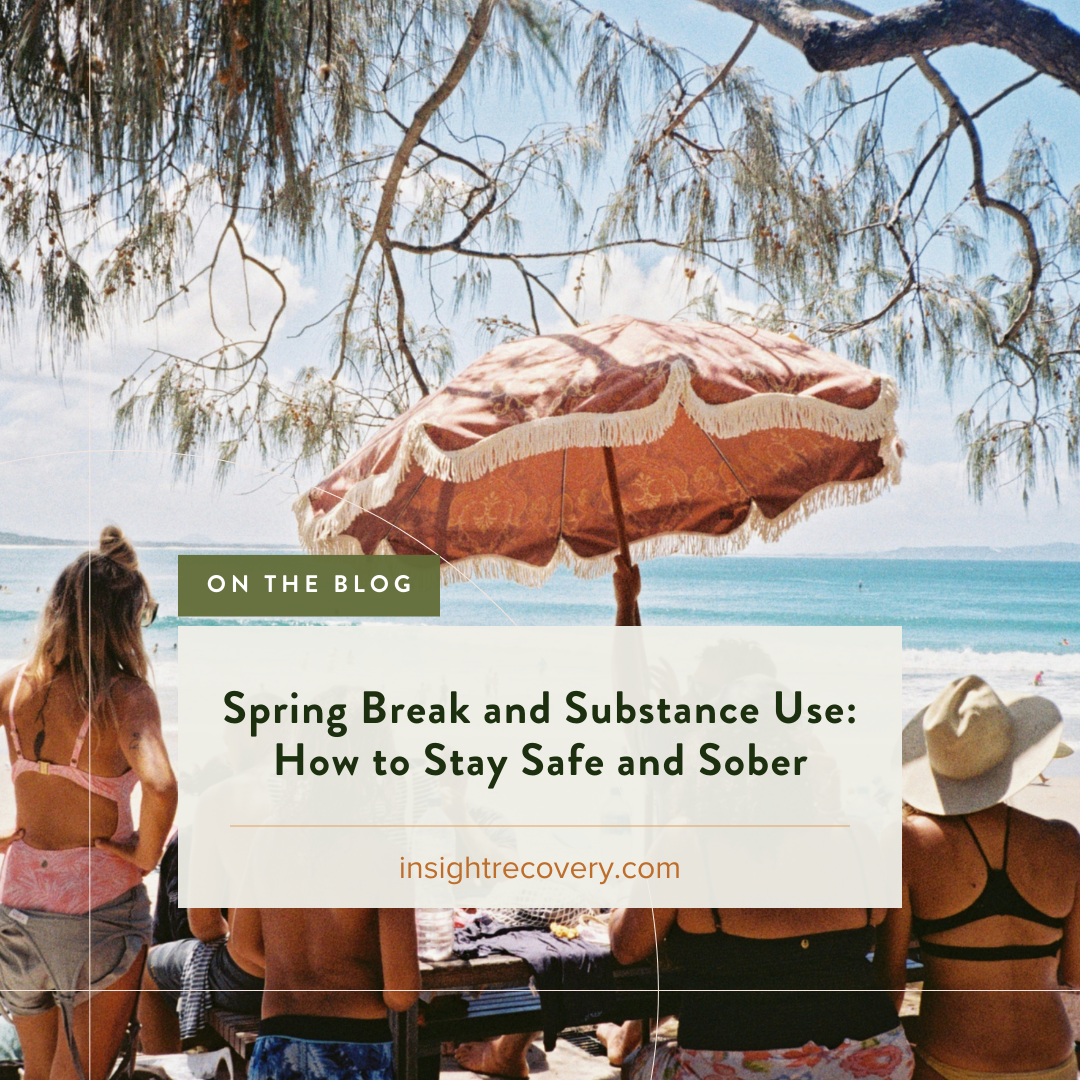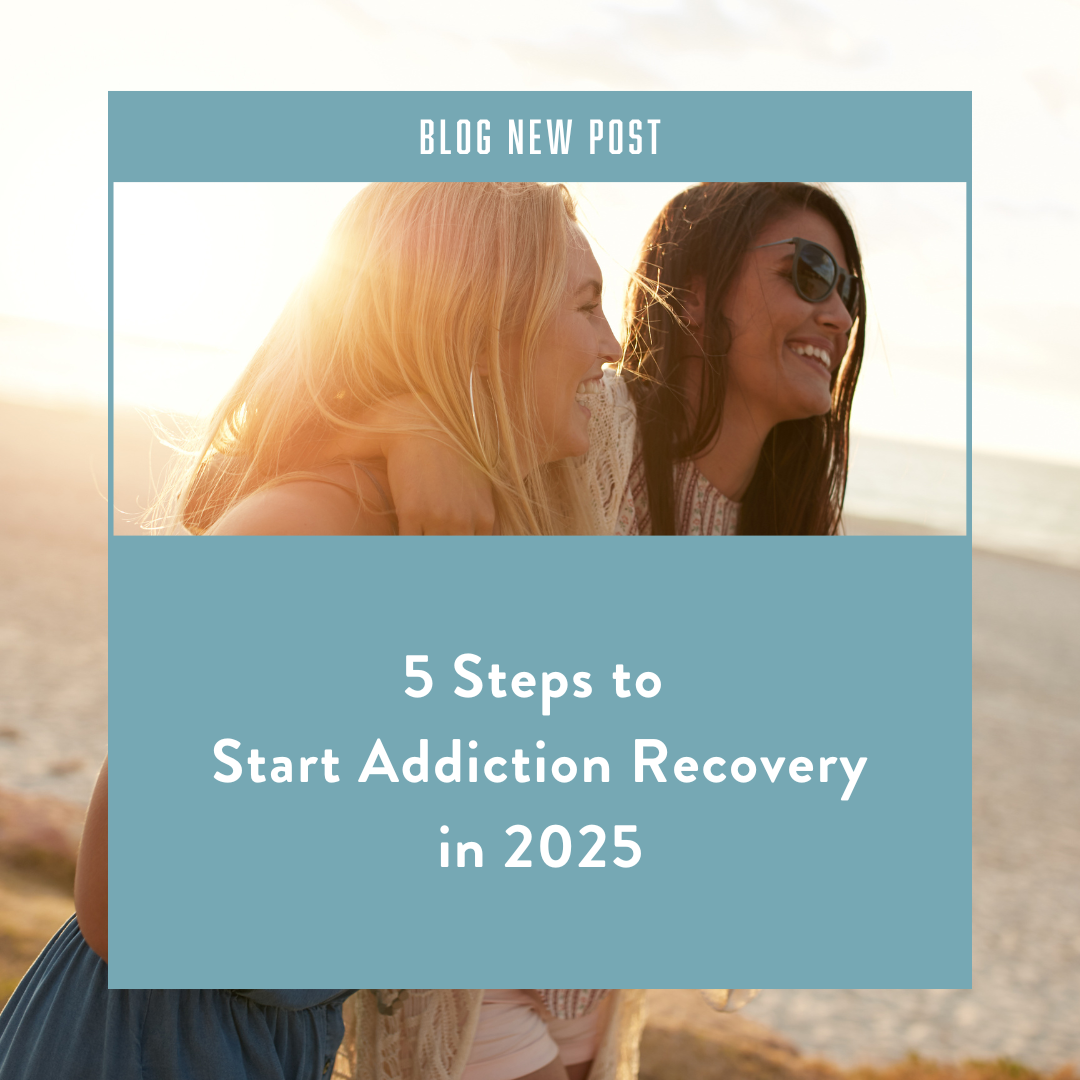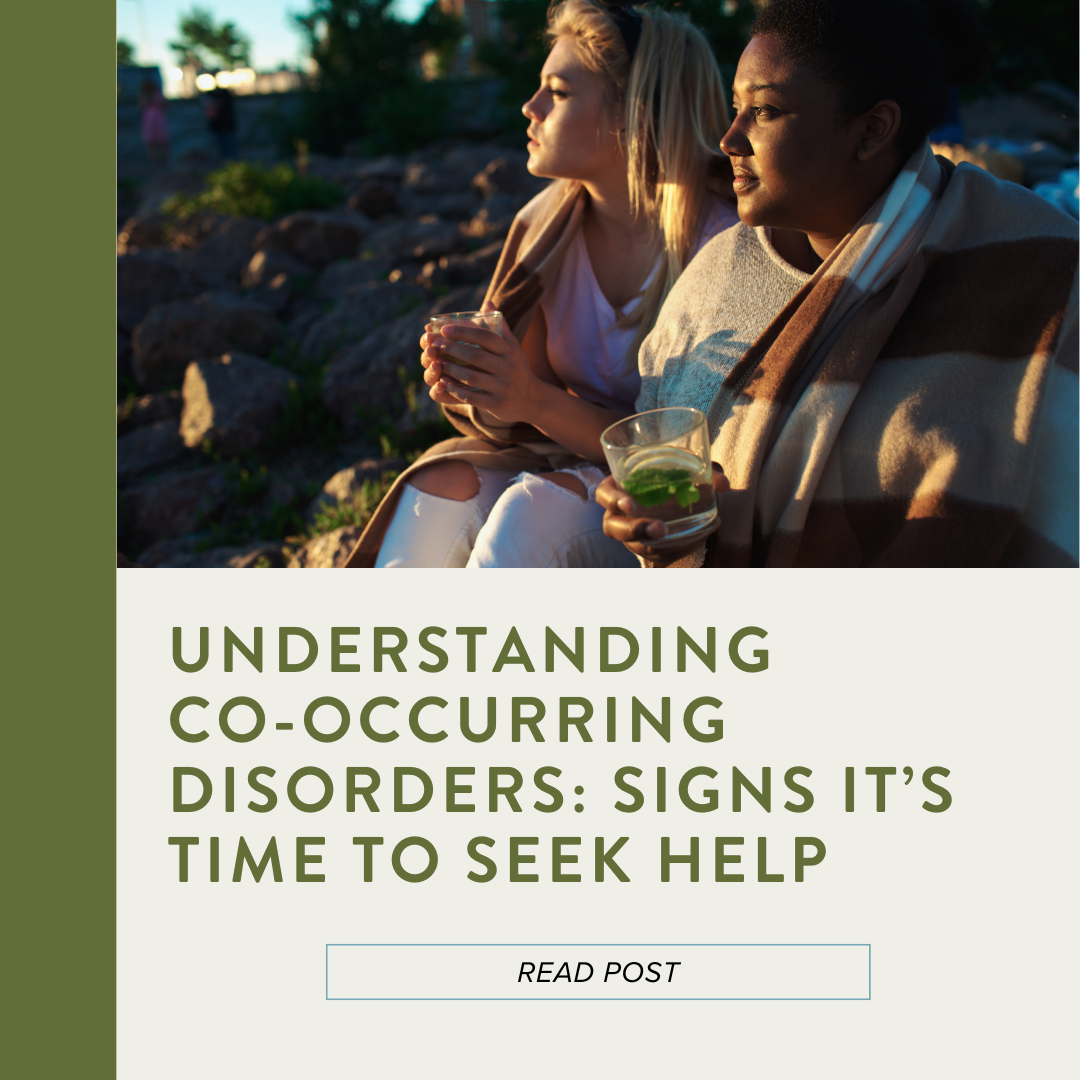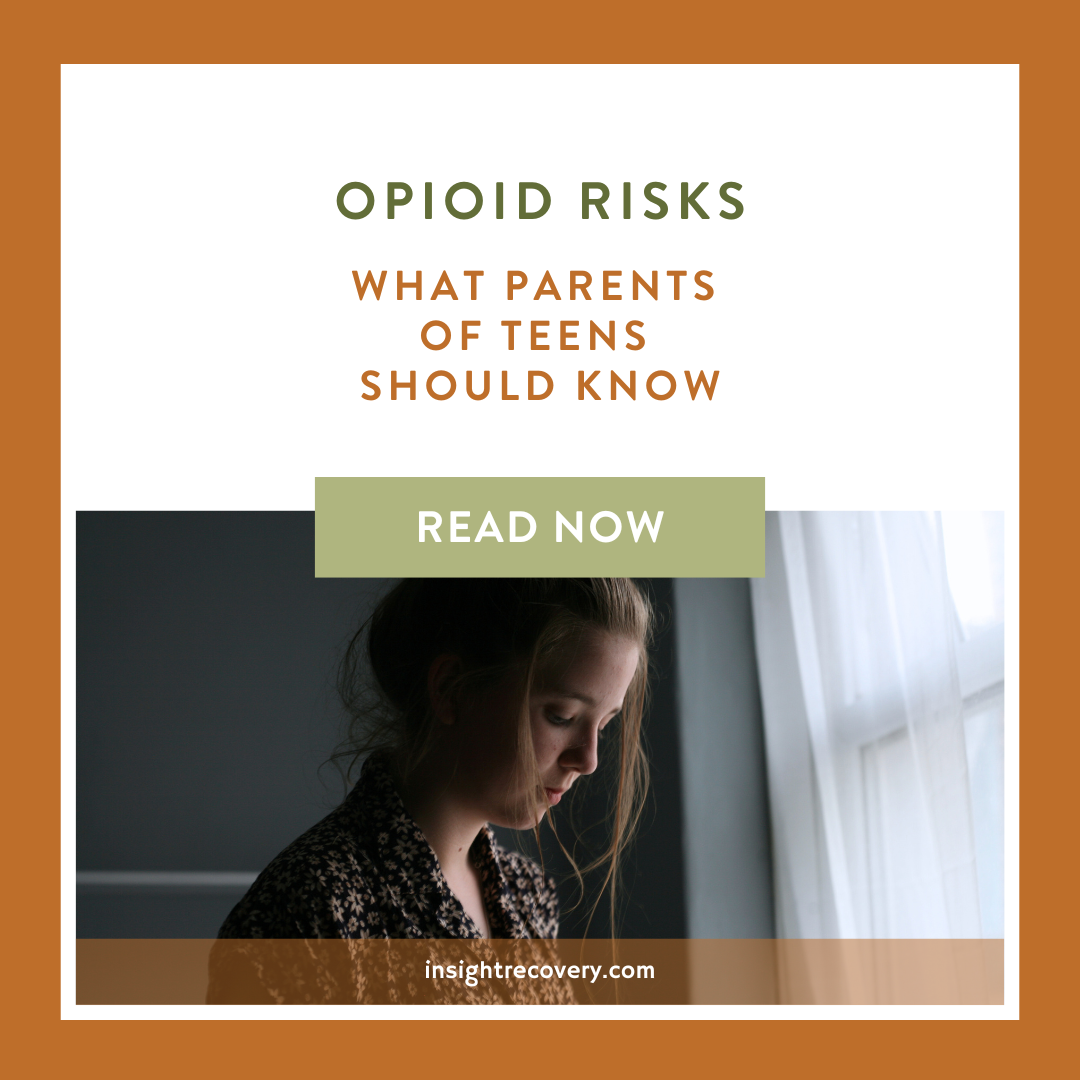DXM misuse poses serious risks to physical and mental health. As a parent, understanding these risks and recognizing the signs of abuse is essential for keeping your teen safe.
Read MoreEvery relationship has ups and downs. But there’s a fundamental difference between working through challenges in a healthy way, and being stuck in a relationship that causes harm.
Read MoreMany people focus their resolutions on mental health, such as starting therapy, reducing stress, or building better self-care habits. While setting these goals is a great first step, the real challenge lies in sticking to them.
Read MoreChoosing a safe and sober spring break can lead to more meaningful experiences, memorable adventures, and better overall well-being.
Read MorePrioritizing recovery isn’t just about breaking free from harmful patterns—it’s about rediscovering hope, healing relationships, and building a healthier, brighter future.
Read MoreMental health challenges can lead to substance use as a form of self-medication, while substance use often worsens underlying mental health conditions.
Read MoreBy raising awareness about issues and highlighting ways to navigate them, we can foster resilience and create safe, affirming spaces that support LGBTQ youth.
Read MoreWhile it’s often celebrated for its euphoric and empathogenic effects, the dangers of MDMA far outweigh its short-lived highs.
Read MoreThe home environment plays a vital role in teen recovery. When teens feel safe, accepted, and understood, it builds a foundation of stability and resilience, which are essential for long-term success.
Read MoreAs marijuana use becomes more normalized in society, it's crucial for parents, educators, and teenagers themselves to understand the risks associated with its use during adolescence.
Read MoreCBT offers a structured and evidence-based method for helping young people understand and manage the connection between their thoughts, emotions, and behaviors.
Read MoreThe combination of extreme potency, ease of adulteration, and widespread distribution in the illicit drug market makes fentanyl a uniquely lethal threat.
Read MorePeer-led recovery programs typically operate through group meetings, where participants gather to share their experiences, listen to others, and provide mutual encouragement.
Read MoreWith the right care, recovery is not only possible—it’s sustainable. Integrated treatment provides a personalized, supportive approach that helps individuals regain control of their lives, offering hope and healing.
Read MoreCo-occurring disorders occur when an individual experiences both a substance abuse disorder and mental health disorder simultaneously. These conditions are deeply intertwined, with each influencing the severity and progression of the other.
Read MoreWe explore the most dangerous prescription drugs, their risks, and how prescription drug abuse contributes to a growing problem.
Read MoreUnderstanding the dangers of benzodiazepines is crucial for parents, educators, and teens themselves to prevent misuse and its potentially devastating consequences.
Read MoreAs a parent, it's crucial to understand the risks associated with opioids, especially when it comes to teenagers who are vulnerable to experimentation and peer pressure.
Read MoreWe delve into the key differences between CBT and DBT, helping you understand which might be the best fit for you or a loved one.
Read MoreNavigating the path to addiction recovery can be challenging, but understanding your insurance coverage can make it easier.
Read More



















